#37 | Snowbird Tourism - Seeking Sunshine When Cold Hits
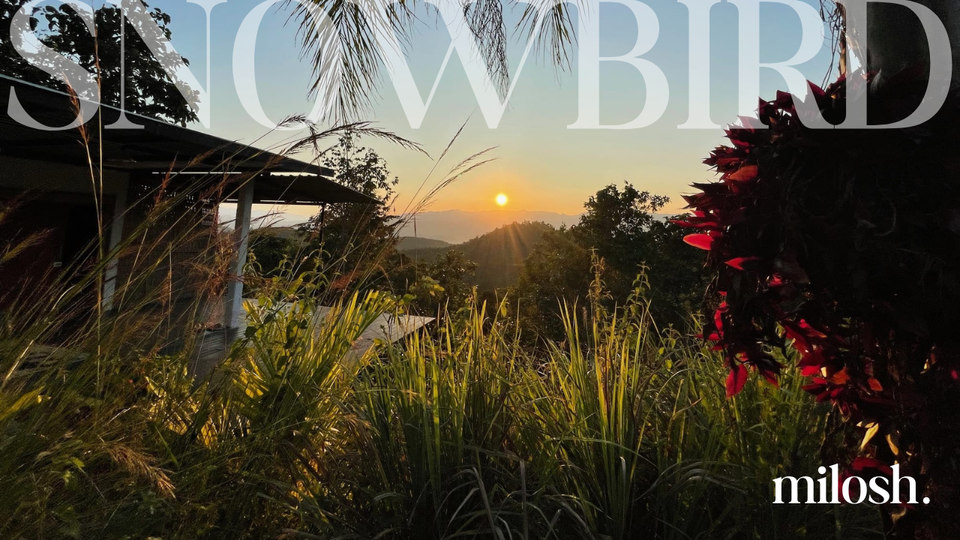
It has been a trend for the past 5, 10, maybe 15 years—and it’s only increasing. As winter approaches, escaping the cold continent has become a norm. When the days shorten, breath turns cloudy, and markets with mulled wine begin to appear, European citizens start thinking about "packing their bags" and leaving for a warmer climate.
Something that used to be a luxury for the wealthy has recently become more accessible. First, it was the people who simply hated snow, cold, and skiing. Then it was those who longed for warmth and sun. Soon after, it was the professionals able to work remotely for shorter or longer periods. Now? It seems like everyone is considering a little winter escape.
So, what is snowbird tourism? What are the most popular destinations for European travelers, and are we guilty of perpetuating this trend?
Snowbird Tourism
The term "snowbird" originated in the early 1920s in the USA. Initially, it was used to describe migrant workers who moved south for winter employment. It wasn’t until the late 1970s that the term transitioned to its current meaning—referring to retirees and tourists seeking warmer climates during the winter months.
In the past, snowbirds were typically older people or retirees (Hey, Florida!) looking to spend the later years of their lives breathin in the sun. However, this industry no longer belongs exclusively to older age groups. There is now a growing trend of younger professionals, often in their thirties or forties, leaving their homes for prolonged stays in warmer climates during the winter months.
In the USA, Florida, and Arizona remain popular snowbird havens, but we also live in an age where more Americans than ever before are residing in Mexico and other Latin American countries.
What about European snowbirds? When did we make this movement our own?
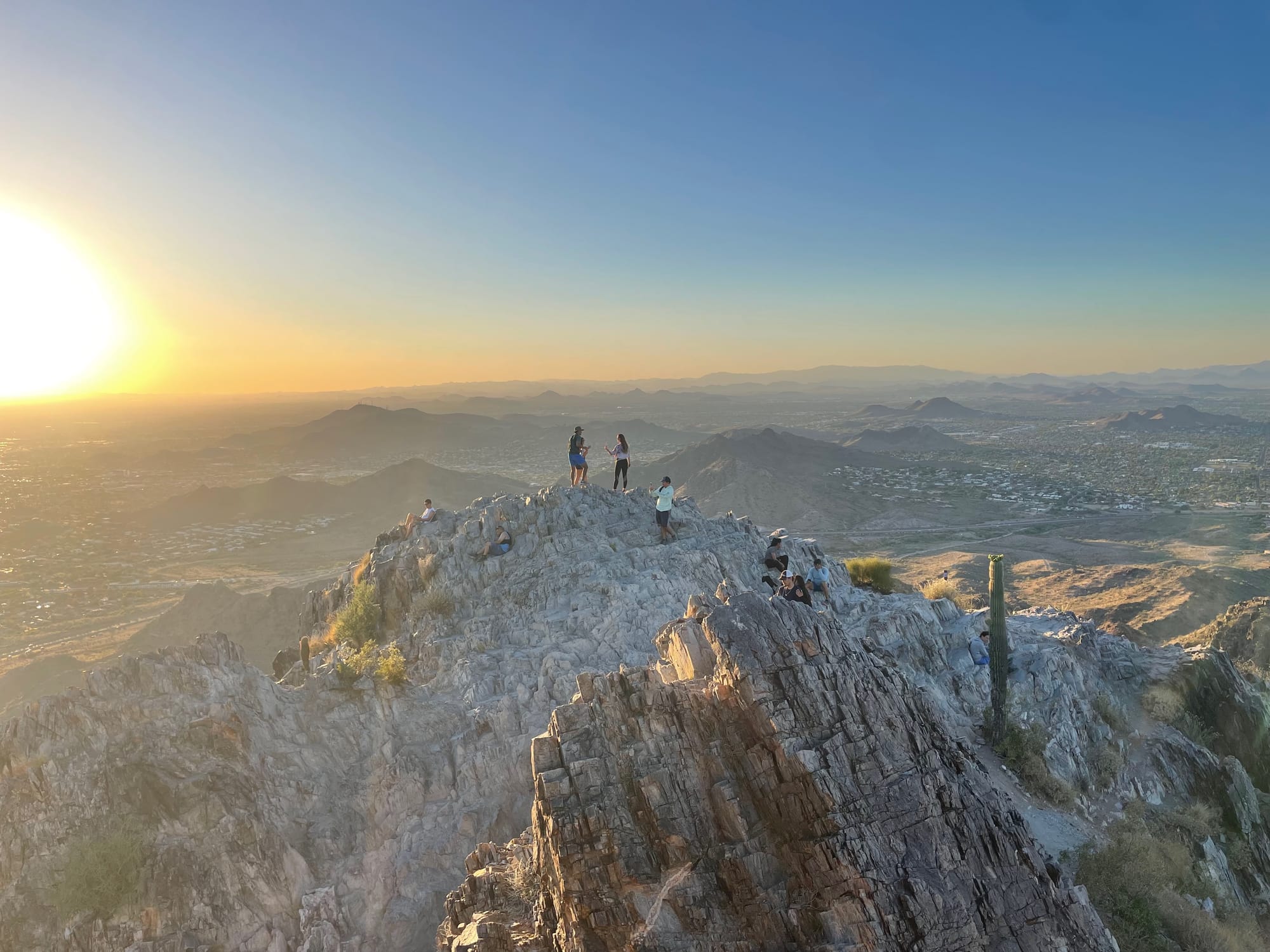
European Snowbird Destinations - Southern Europe or Asia
Snowbirds from Northern Europe have long been buying homes in countries like Spain, Portugal, and Greece. Prior to the pandemic, foreign homebuyers accounted for about 12% to 20% of all home sales in Spain annually—a shocking statistic, particularly in places like the Canary and Balearic Islands.
It’s hard to argue against this trend. For people living in regions where darkness and cold dominate for months, the sunny proximity of southern Europe is very appealing. It makes it easy to spend extended periods (1-3 months) in warmer climates during winter. This trend has significant economic implications for host countries, as snowbirds contribute to local economies through longer stays and higher spending compared to traditional short-term tourists.
Additionally, European visitors have shown increasing interest in Southeast Asian countries like Thailand, Indonesia, Malaysia, and Vietnam, particularly during the November to March period. While limited data sets exist, patterns show consistent growth in European winter travelers to these regions.
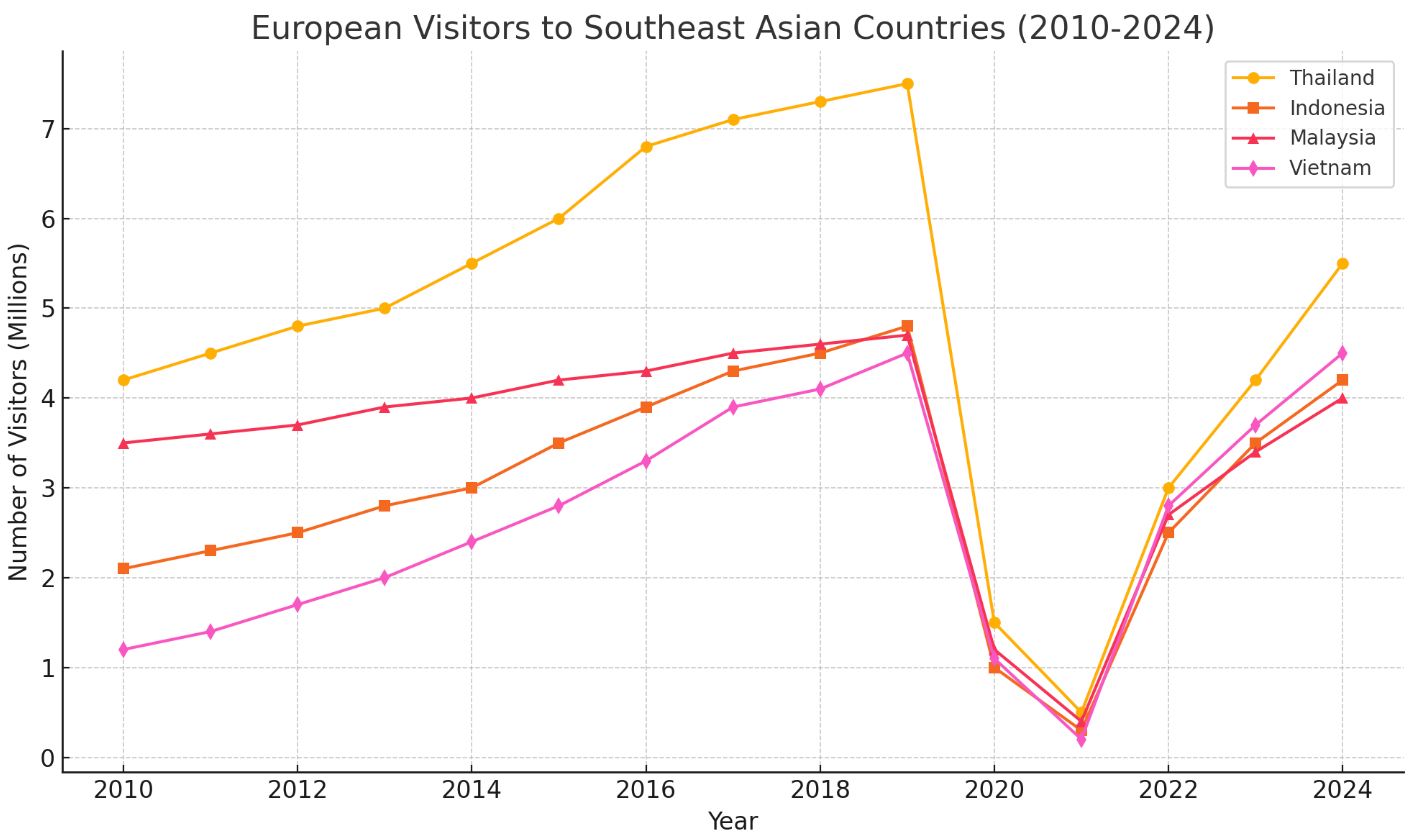
And a look into favorite European destinations.
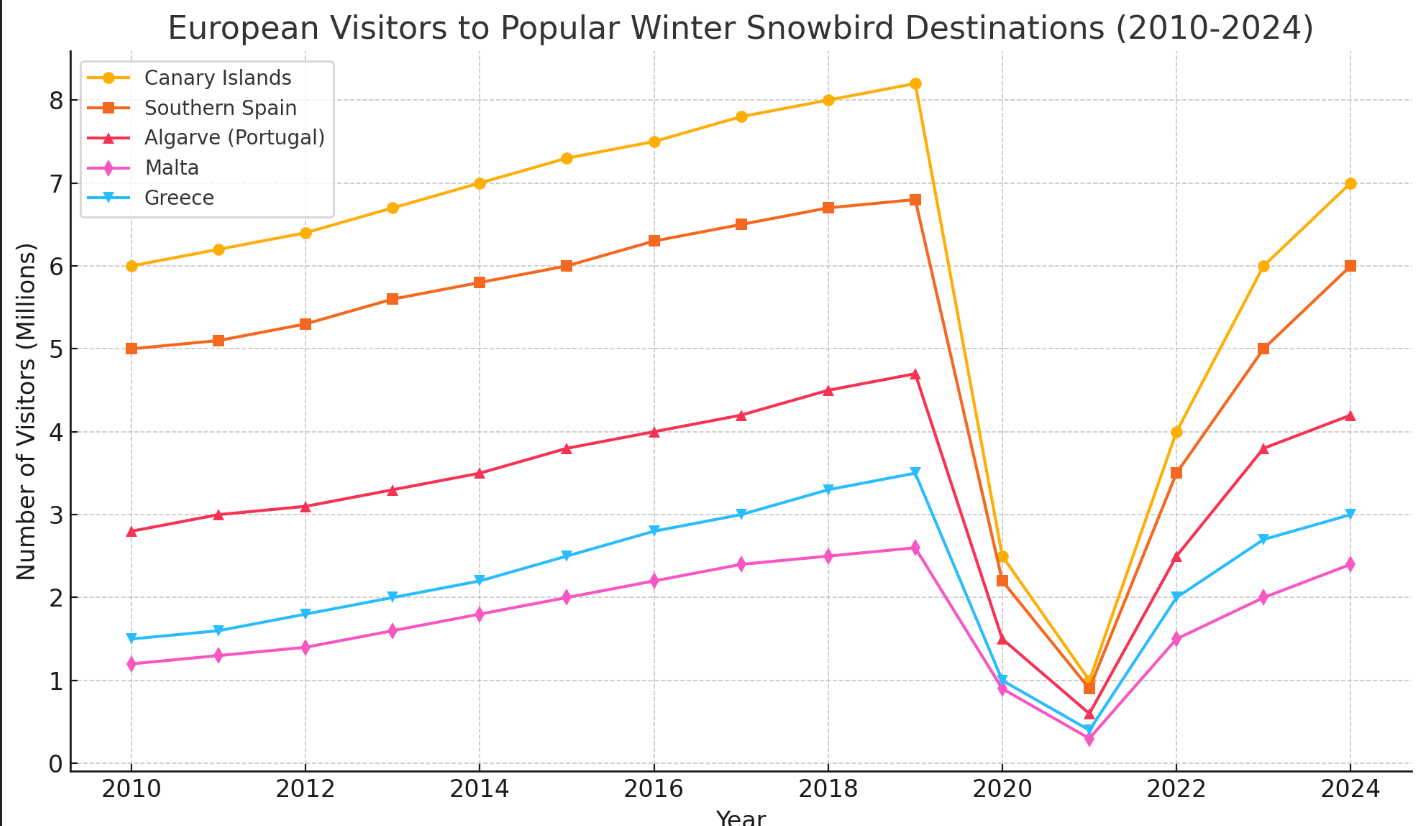
Speaking from experience, I’ve turned into a snowbird myself. This is the fourth winter in a row where I’ve spent most—or at least part—of it outside Eastern Europe, in Latin America, Macaronesia, or Southeast Asia.
I grew up in a small town near a mountain resort. As a kid, I would enjoy snow for 30-40 days each winter. I love the snow, the Christmas atmosphere, and skiing. Despite that, whenever I could, I preferred spending time outside of continental Europe.
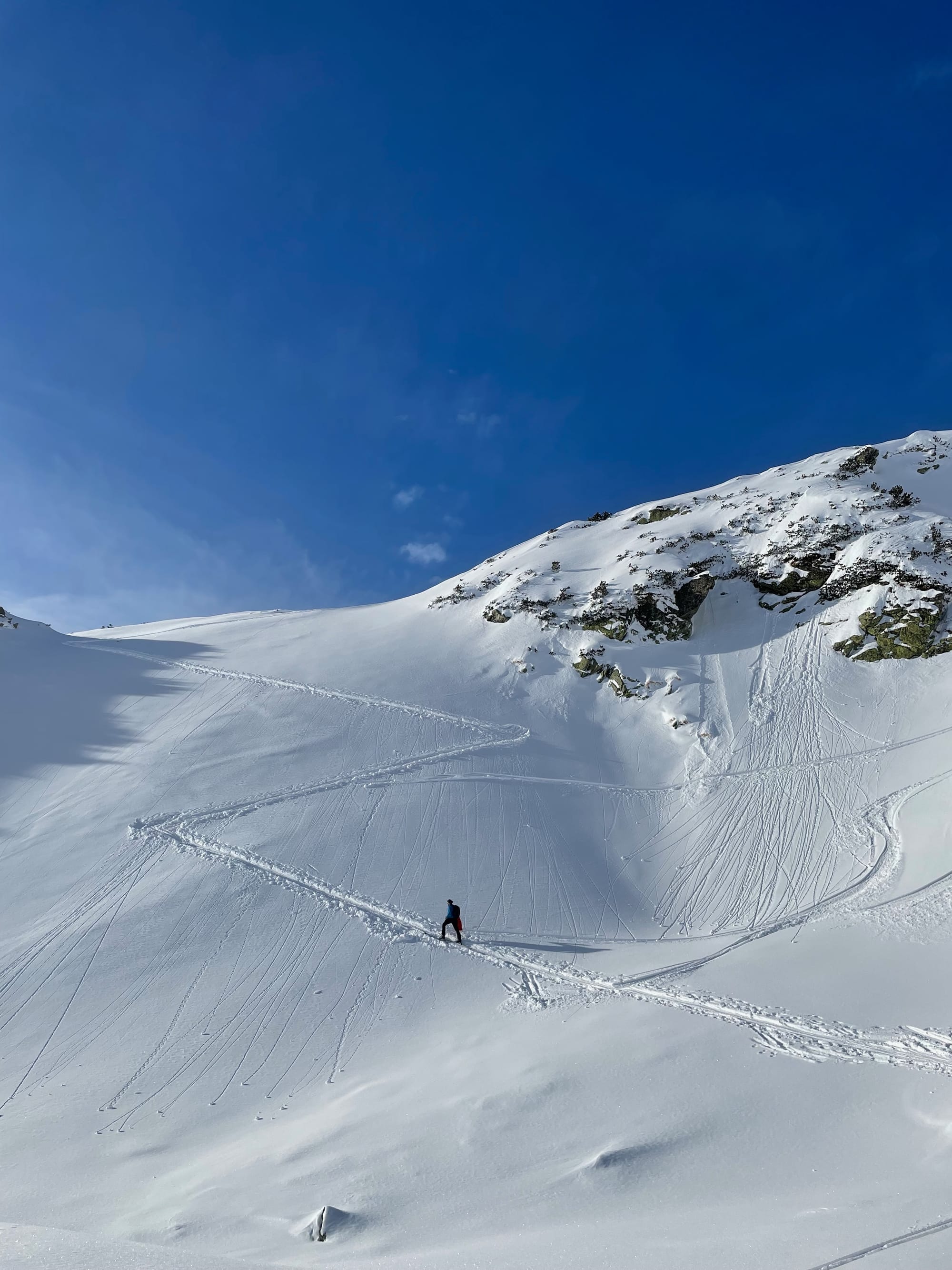
Rather than me being a unique case, the data shows there are more and more of us following the same path and seeking similar experiences, whether within Europe or beyond. Many people are tired of winter, cold, and darkness. The rise of remote work has only enabled more individuals to choose this lifestyle.
However, it’s important to acknowledge that not everyone has the option to escape the cold. While snowbird tourism is no longer limited to the wealthy, it still largely belongs to the middle class. The reality is that many people simply can’t pick up and leave—due to family, work, or financial constraints. But for those who can, winter escapes will likely become more frequent.
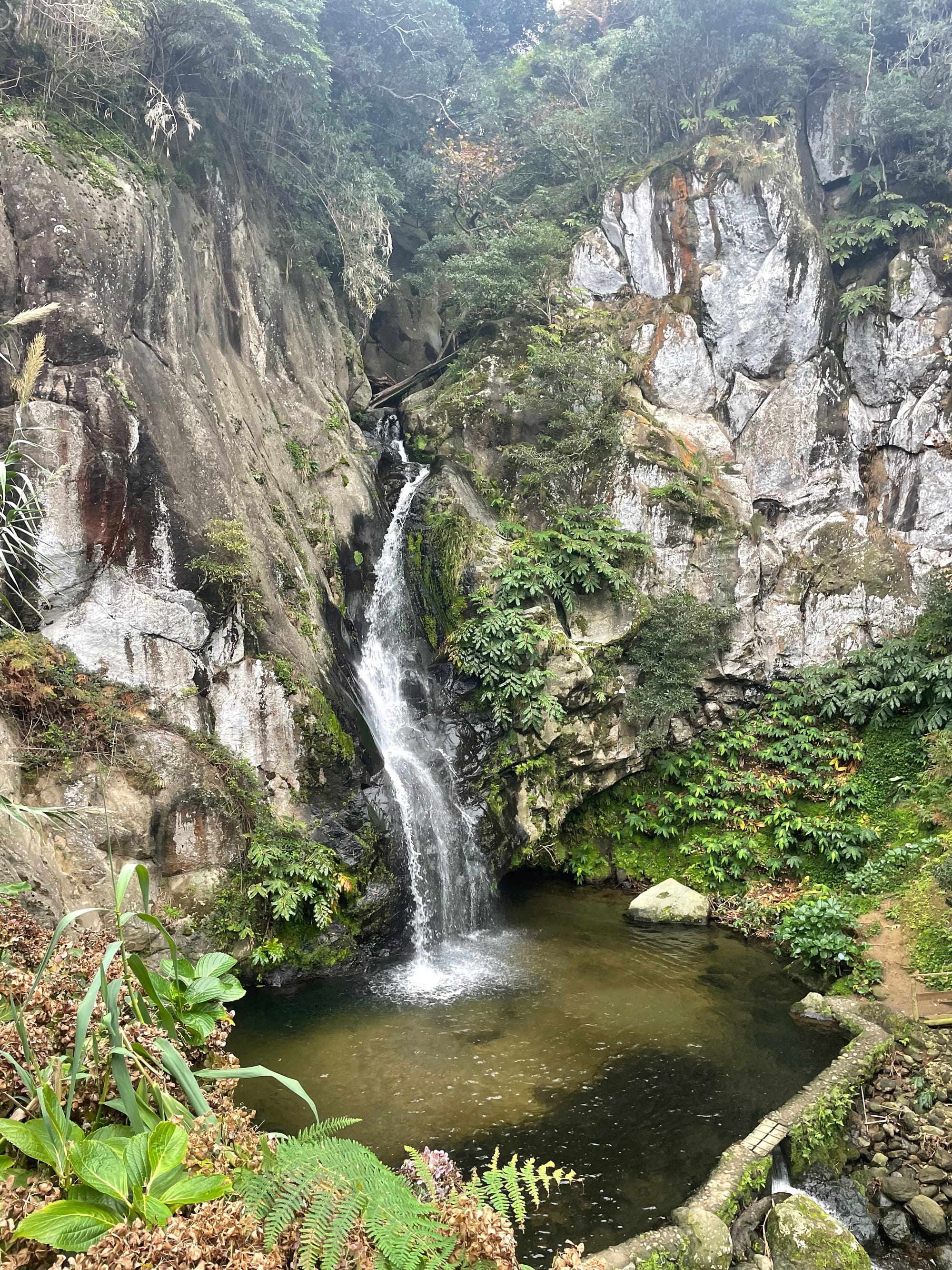

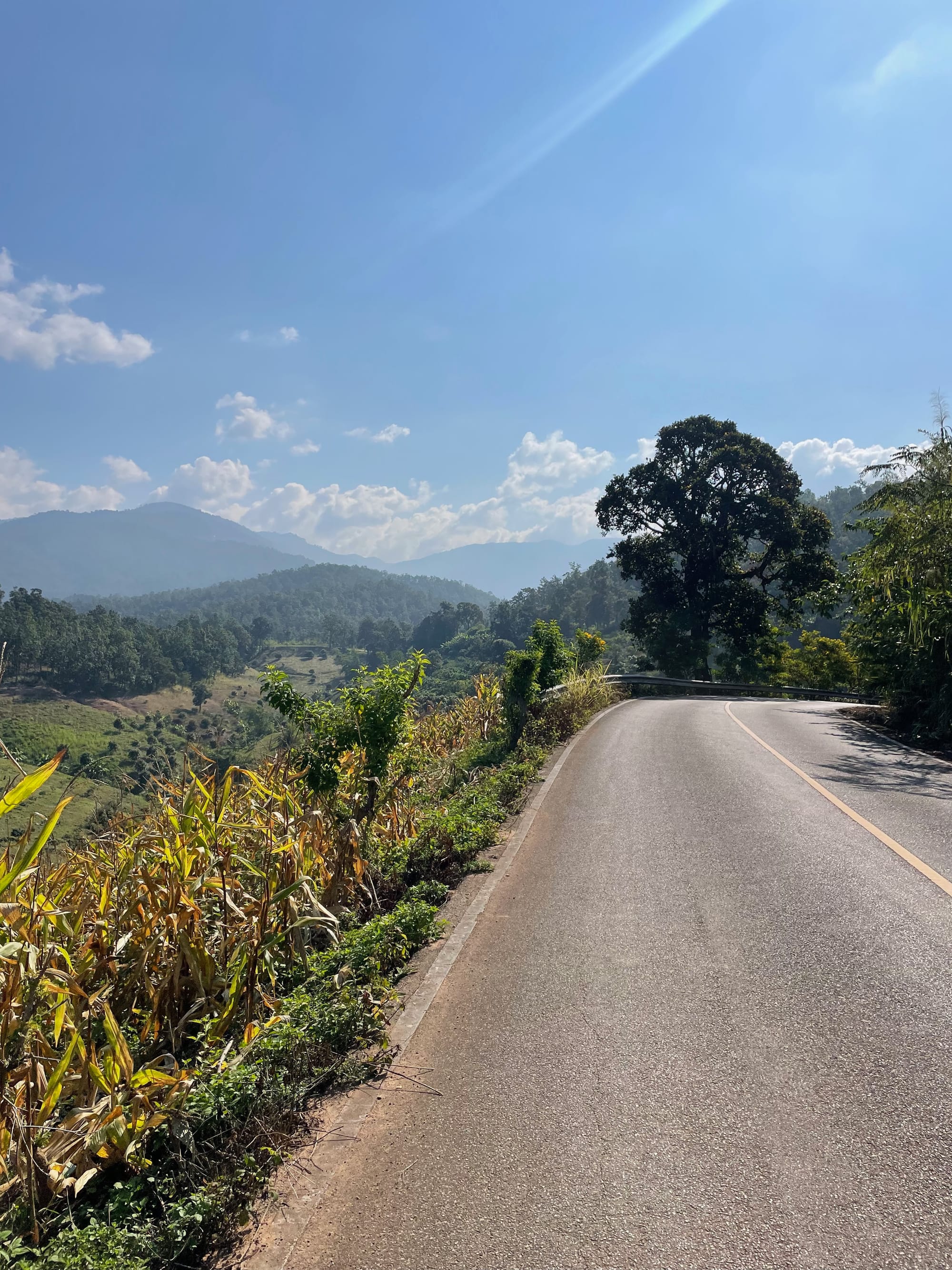
Some views from December '24,'23 & '22 - being a snowbird myself.
How To Leverage Snowbirds for Benefits of Destinations, Residents & Visitors?
Snowbird tourism brings significant challenges alongside its benefits—from housing market pressures to infrastructure demands and cultural integration difficulties. So where is the fine line? How do we ensure that local residents aren’t the ones paying the price for snowbird tourism while still allowing visitors to feel welcome year-round, including during the winter months?
An interesting example comes from Thailand’s “51% rule” in property ownership, particularly within the condominium market. In these buildings, foreign ownership is restricted to 49% of the total floor area, while the remaining 51% must be Thai-owned. This approach helps protect local housing markets while still encouraging foreign investment.
As with any relationship—whether business, service, or personal—it takes two to tango: the visitor and the resident. In this case, there’s a third player—the destination itself.
Many destinations have yet to diversify their strategies for different visitor segments. They treat all tourists as if they belong to the same category when in reality, they don’t. Early retirees, adventure seekers, and remote workers all influence who the visitor is, how long they’re staying, and what time of year they arrive.
As explained above, snowbird tourism is not fading away; quite the opposite. Destinations that recognize this trend and learn how to leverage it for the benefit of both visitors and residents will stand out. The goal of travel should be to show visitors the true essence of a place—to foster respect, understanding, and integration. But this understanding must go both ways. Residents need to be educated on the opportunities and benefits that (not only) long-term visitors bring, rather than turning to hostility, jealousy, or resentment.
This is something local governments should take note of—to create sustainable solutions that benefit everyone involved.



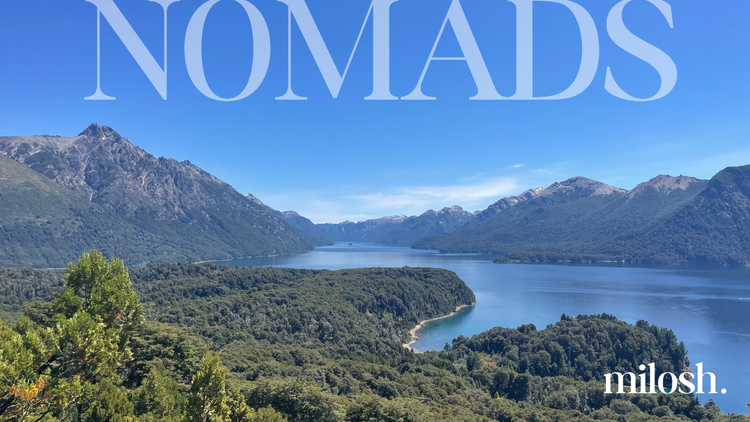
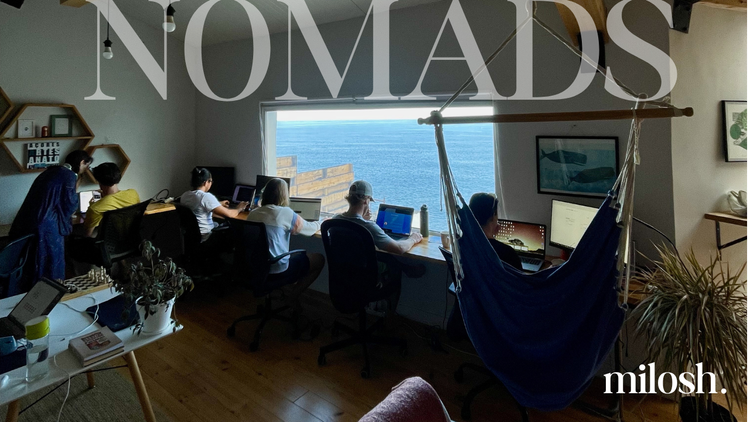

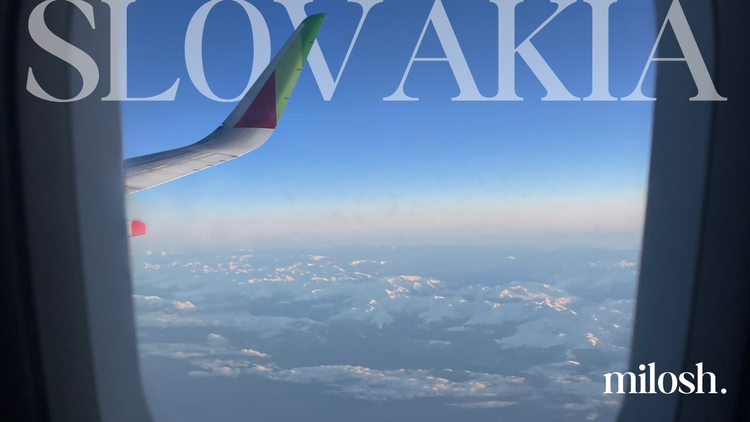
Member discussion